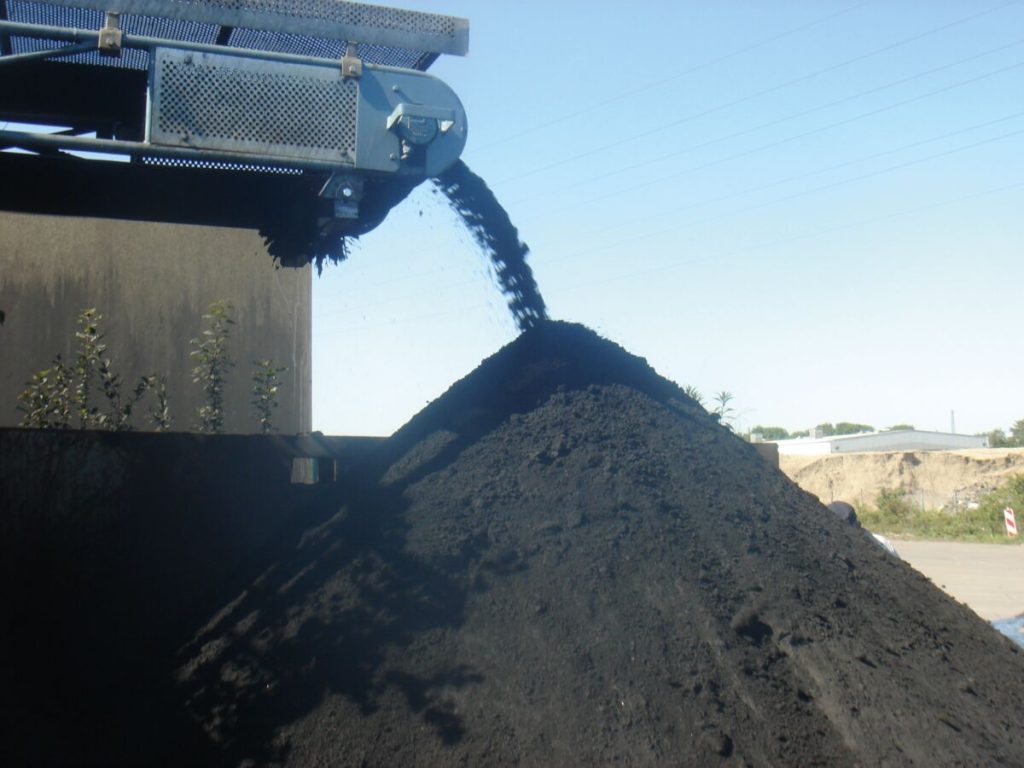Desulfurization fly ash and denitration fly ash

The addition of fly ash to concrete can not only improve the workability of the mixture, reduce the heat of hydration, reduce drying shrinkage, and improve the crack resistance of concrete, but also can improve the later strength of concrete by secondary reaction with cement hydration products. Improve concrete. However, with the increase of environmental protection, the SO2 and NOx of coal-fired power plants are required to implement “ultra-low emission” and “near zero emission”, which makes denitrification and desulfurization technology popular throughout the country, and the quality of fly ash cannot be ignored. Variety.
Desulfurized fly ash
The desulfurization process mainly adopts the dry desulfurization process which integrates calcium injection in the furnace/humidification activation after the furnace. zone (900 ℃ ~ 1250 ℃), the limestone is thermally decomposed. The decomposed CaO reacts with SO2, SO3 and O2 in a suspended state to form solid calcium sulfate; the second stage is that the lime that is not fully reacted in the furnace reacts with the atomized water injected into the upper part of the activator to form calcium hydroxide. The latter reacts with the remaining SO2 in the flue gas to generate solid calcium sulfite, and part of the calcium sulfite will be oxidized into calcium sulfate, which will be finally collected by the electrostatic precipitator together with the fly ash.
Denitrification fly ash
The mechanism of selective catalytic reduction and denitration is as follows: under the catalytic action of the catalyst, a reducing agent (NH3 or urea, etc.) is injected into the flue gas at a temperature of 280°C to 420°C to reduce NOx into N2 and H2O, which are harmless to the environment.
The flue gas denitrification reaction process is as follows:
4NH3+4NO+O2→4N2+6H2O (NH3 is a reducing agent)
NO+CO(NH2)2+1/2O2→2N2+CO2+H2O (urea is the reducing agent)
The SO3 doped in the flue gas reacts with the unreacted NH3 (escape ammonia) during the denitration process to form ammonium hydrogen sulfate. Ammonium hydrogen sulfate is viscous, which will not only cause the blockage of the catalytic bed and air preheater of thermal power plants, but also be adsorbed on the surface and voids of fly ash, resulting in high content of sulfate and ammonium salt in fly ash. In the highly alkaline environment produced by cement hydration, the ammonium salts in the fly ash react with OH- to release ammonia gas. Studies have shown that the denitration by-product NH4HSO4 in fly ash has little effect on the standard consistency water demand and initial setting time of the binary system of cement and fly ash, while the final setting time of the binary system increases with the content of the denitration by-product. When the content of denitration by-product NH4HSO4 is less than 1.5.%, it has little effect on the flexural strength and compressive strength of the fly ash and cement binary system, but when the content is greater than 1.5%, with the addition of NH4HSO4 As the amount increases, the compressive strength gradually decreases, and the strength at each age even decreases by more than 10%. When the content of denitrification fly ash is 10%, it basically has no effect on the strength of cement, and it has little effect when it is 20% and 30%. When the content reaches 40%, the compressive strength of 3d and 7d decreases greatly. There is obvious ammonia release phenomenon in concrete during mixing, vibrating and early hydration. In the process of mixing concrete with denitrified fly ash, not only the air content and viscosity of fresh concrete increase, but the mechanical properties and durability of hardened concrete decrease.
Problems in the application of fly ash
At present, the application of desulfurization and denitration fly ash has the following common problems:
(1) The differences in coal combustion and combustion conditions in thermal power plants make the properties of fly ash very different. In addition, the properties of denitrification and desulfurization fly ash are unstable. Therefore, it is difficult to find a unified utilization method in application.
(2) When using desulfurized and denitrated fly ash as a concrete admixture, sometimes there will be a pungent odor, accompanied by an increase in the gas content of the mixture, and problems such as volume expansion and strength reduction after hardening.
(3) The effect of denitrification and desulfurization fly ash on cement hydration is not very clear, and the resulting effect lacks theoretical analysis and research.
